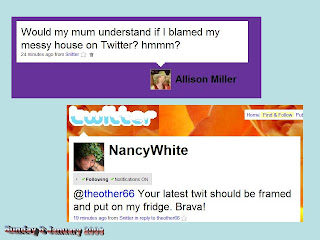My friends and colleagues over at CPSquare , the community of practice on communities of practice, are launching a member driven event next week, Platforms for Communities of Practice. Since I’m often rambling about technologies for communities, I thought some of you might be interested. Here’s some snippets about the event which is all online – from the comfort of you computer, in your jammies if you please…
, the community of practice on communities of practice, are launching a member driven event next week, Platforms for Communities of Practice. Since I’m often rambling about technologies for communities, I thought some of you might be interested. Here’s some snippets about the event which is all online – from the comfort of you computer, in your jammies if you please…
We’re exploring a half dozen platforms together — attempting to look at the software through the eyes of a community that’s been on that platform for a while. Currently we’re expecting to visit:
* xPERT eCommunity (Q2learning)
* CompanyCommand – Eco (Tomoye)
* TBA – Web Crossing
* TBA – drupal
* CIARIS – Custom-made using Ruby on Rails
* Story-telling in Organizations – Ning
* Best practices in e-learning community – Moodle and FacebookFor each platform / community combination we’re having several levels of engagement:
* Read a post about the community and the platform, written by a knowledgeable person
* View a video that represents a tour of the aforementioned community
* Self-register to use a “play space” where you can get a sense of what the software is about and how it works
* Participate in a discussion on the platform itself with community members about their community and their experience of using the platform
* Participate in asynchronous discussions back here that summarize or reflect on all the foregoing
* Participate in a synchronous phone conference about all of the above
* (Might be follow-on summarization and reflection and meta-conversations)Rather than asking which platform is “the best” we are asking, “what kinds of communities thrives on each of these quite different platforms?” We’re inviting community leaders, technology stewards, and software vendors to all spend three weeks together thinking about issues of common concern.
The event is organized by CPsquare members and is open to guests who register here. (CPsquare members who are presenting or facilitating can bring a guest for free.)
Just a note: if you are not a CPSquare member and can’t get in for free, you may want to consider becoming a member. Full membership is $150 with discounts for students and others. So it may be cost effective to join and then participate for free!
